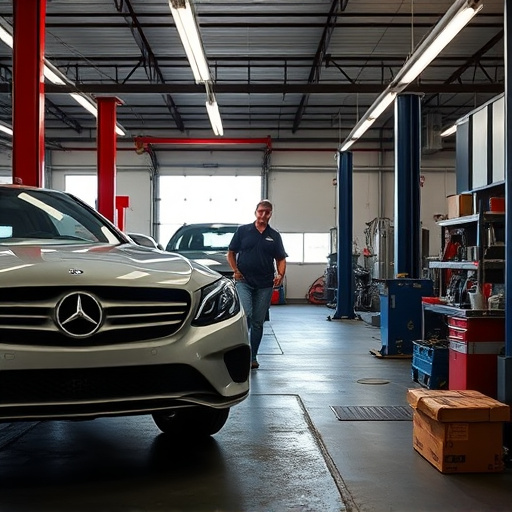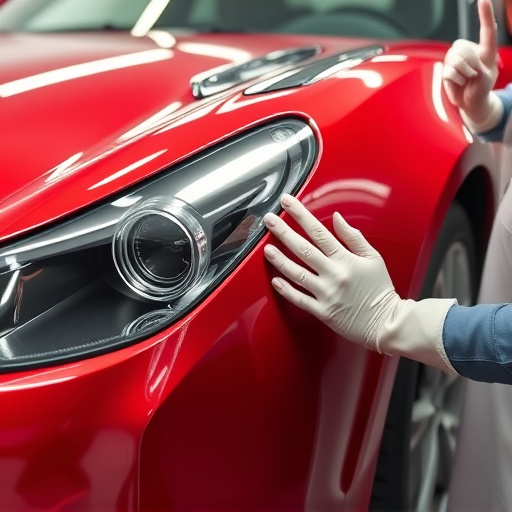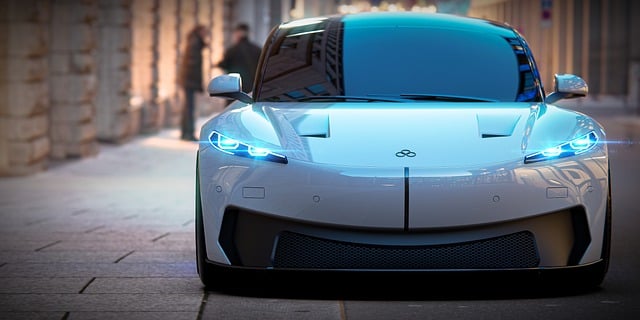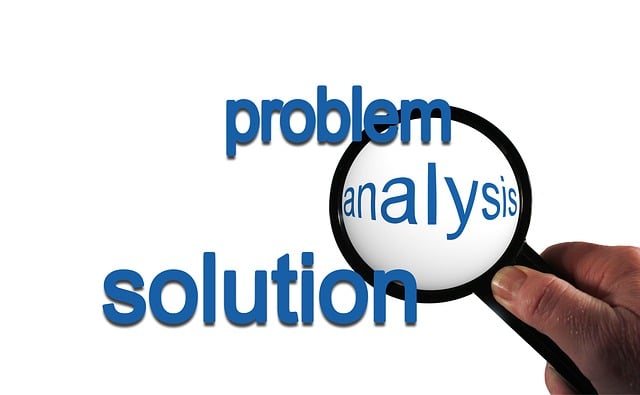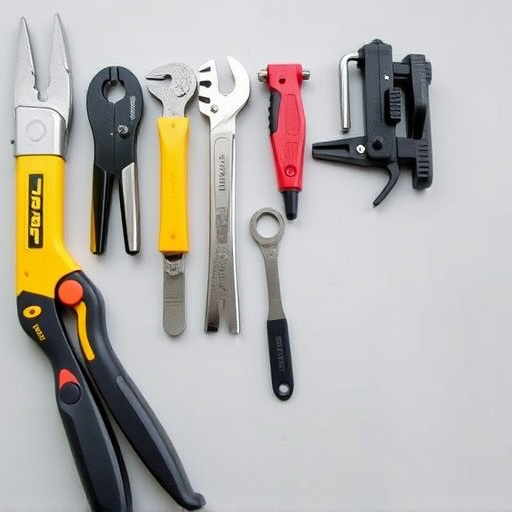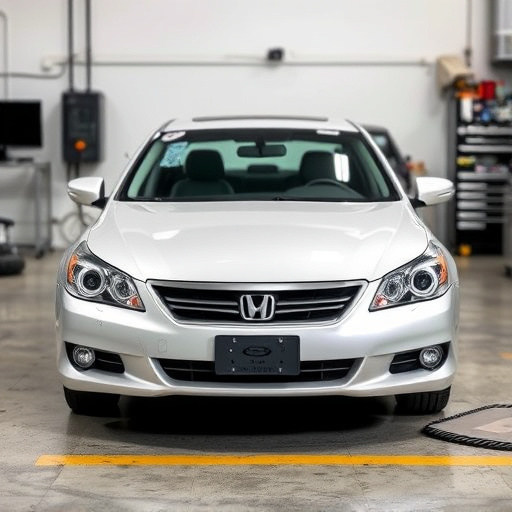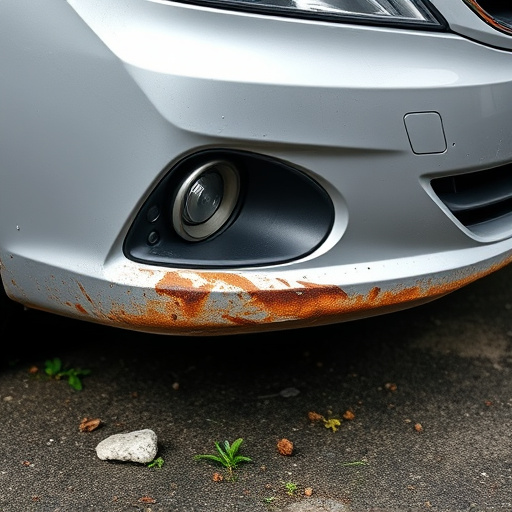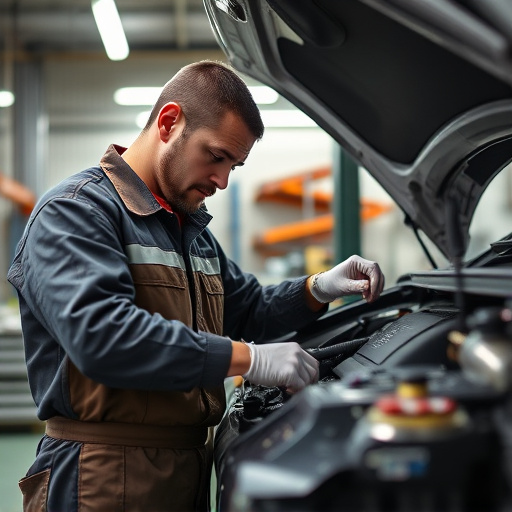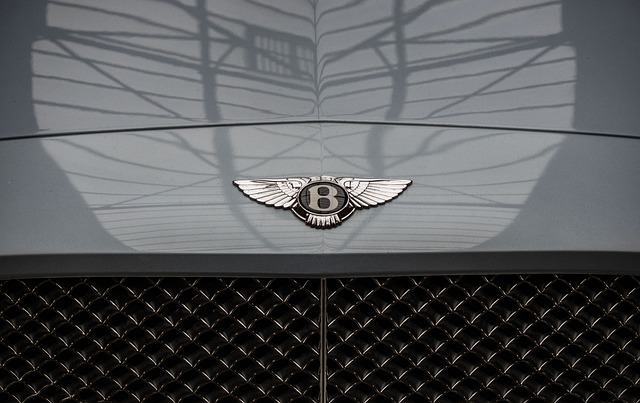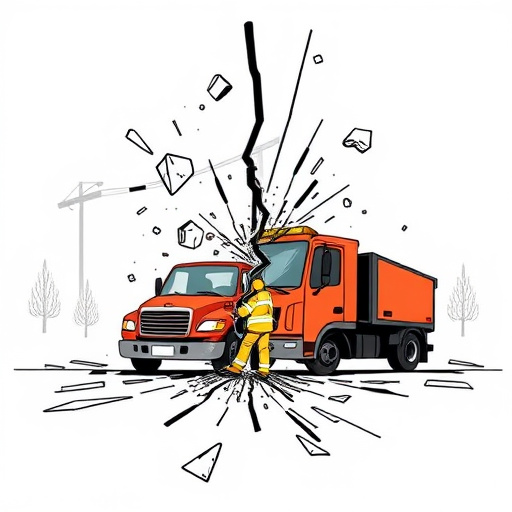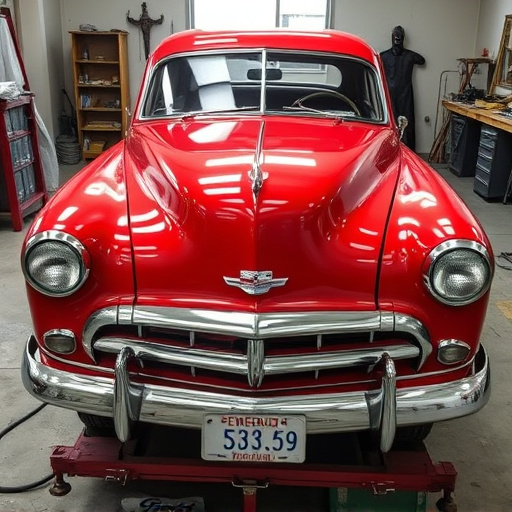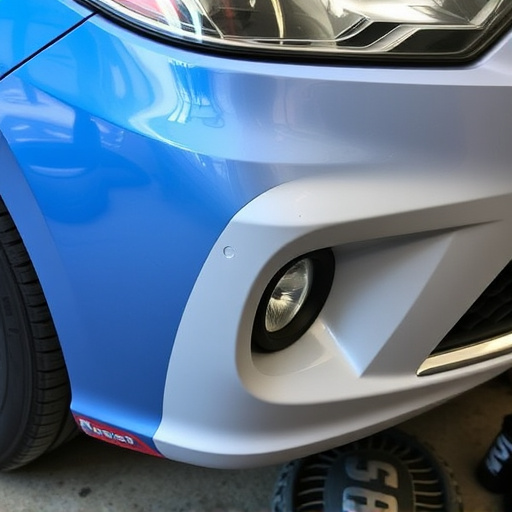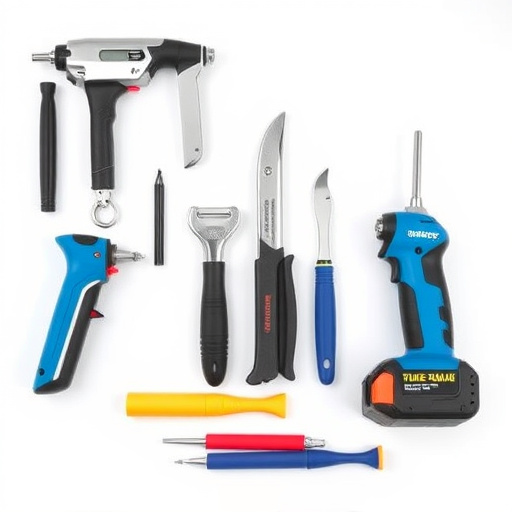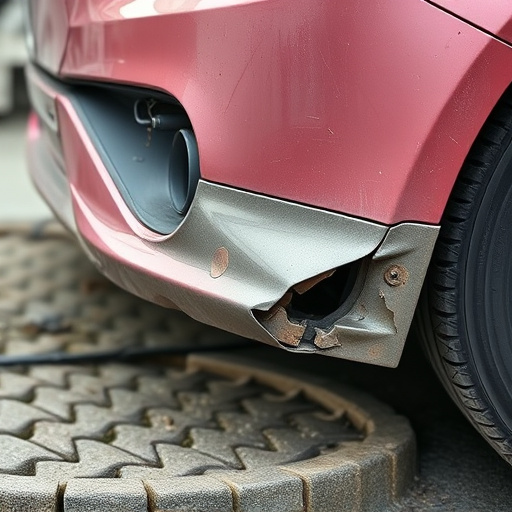Tesla's Ultrasonic Sensor System, essential for advanced driver-assistance features like Autopark, relies on high-frequency sound waves detected by multiple sensors. Damage or obstruction to these sensors (operating at 40 kHz – 200 kHz) can compromise safety and lead to accidents. Replacing the ultrasonic sensor cover is a cost-effective solution, ensuring optimal sensor performance, enhanced safety, and smoother driving. Proper installation and calibration of genuine parts, along with regular maintenance like bumper repairs and tire services, are recommended for peak sensor functionality.
Tesla’s advanced Ultrasonic Sensor system is key to features like Autopark, ensuring safe and accurate parking. However, over time, the sensor cover can wear or get damaged, impacting system accuracy. This article delves into the process of replacing the Tesla ultrasonic sensor cover, highlighting benefits such as improved park assistance and safety. We explore best practices for installation and calibration to maintain or enhance the accuracy of your car’s autopark system after replacement.
- Understanding Tesla's Ultrasonic Sensor System and Its Functionality
- Why Replace the Sensor Cover and What Are the Benefits?
- Ensuring Accuracy in Autopark with Proper Installation and Calibration of Replacement Parts
Understanding Tesla's Ultrasonic Sensor System and Its Functionality
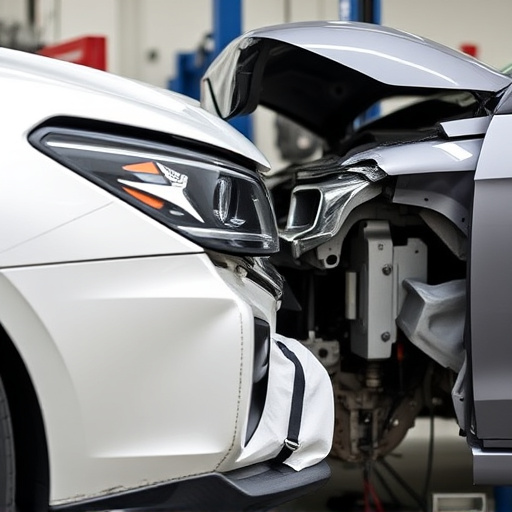
Tesla’s Ultrasonic Sensor System is a critical component of their advanced driver-assistance systems (ADAS), including Autopark. These sensors use high-frequency sound waves to detect objects around the vehicle, providing precise information for safety features like collision avoidance and parallel parking assistance. Each Tesla vehicle is equipped with multiple ultrasonic sensors strategically placed at the front, rear, and sometimes even on the sides of the car.
When considering a Tesla ultrasonic sensor cover replacement, understanding the system’s functionality is key. These sensors operate in a range of 40 kHz to 200 kHz, creating echoes that help determine distance and shape of objects. Any damage or obstruction to these sensors can impact the accuracy of Autopark and other safety features, leading to potential accidents. Thus, proper auto body restoration techniques are essential when replacing covers to ensure the sensors remain functional and effective in maintaining vehicle safety.
Why Replace the Sensor Cover and What Are the Benefits?
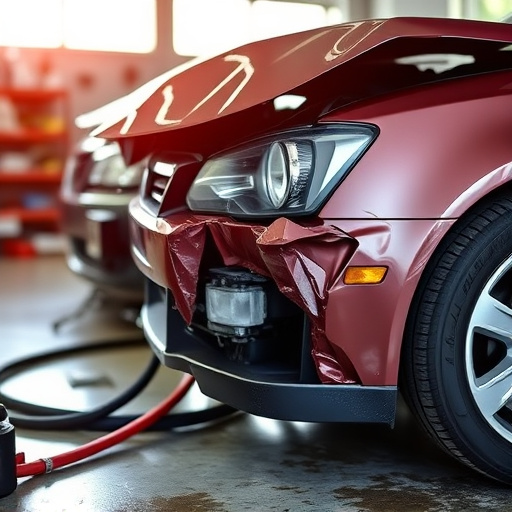
The Tesla ultrasonic sensor cover is a vital component of the vehicle’s advanced safety systems, playing a crucial role in functions like autopark and obstacle detection. Over time, this cover can become damaged or scratched, impacting the accuracy and performance of the sensors. Replacing it is a straightforward process that offers significant benefits for Tesla owners.
A new sensor cover replacement ensures optimal sensor functionality, enhancing the overall safety and driving experience. By addressing any damage early on, drivers can rely on their car’s autopark system to work accurately, improving parallel parking precision and reducing the risk of potential accidents. This simple auto body restoration technique is a cost-effective way to maintain your vehicle’s high-tech capabilities, keeping it in top condition and extending its advanced driver-assistance systems (ADAS) lifespan.
Ensuring Accuracy in Autopark with Proper Installation and Calibration of Replacement Parts
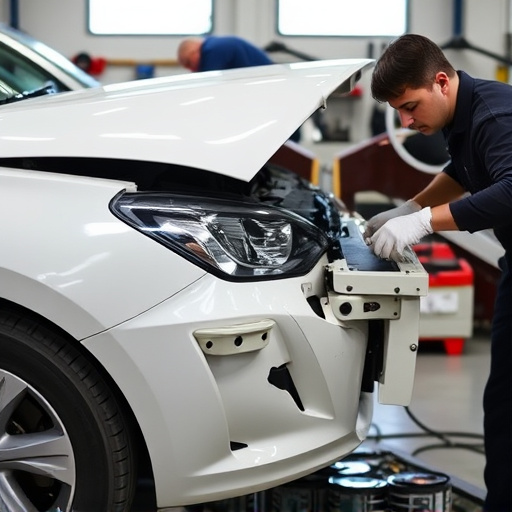
Maintaining the accuracy of your Tesla’s autopark system is paramount for safe driving. When replacing the ultrasonic sensor cover, it’s crucial to use genuine parts and ensure proper installation and calibration. A simple mistake in this process can lead to malfunctions, impacting the vehicle’s ability to park itself efficiently.
Collision repair services professionals recommend regular checks and calibrations to keep the sensors optimal. This includes inspecting the bumper repair for any damage or debris that might obstruct the sensors’ view. Additionally, tire services should be considered if the sensors are not functioning correctly, as even a slightly deflated tire can disrupt their performance. Regular maintenance ensures that your Tesla’s autopark system operates at peak accuracy, making your driving experience smoother and safer.
When replacing a Tesla ultrasonic sensor cover, focusing on both proper installation and calibration is key to maintaining the accuracy of the Autopark system. By addressing these aspects, Tesla owners can ensure their vehicles continue to navigate with precision in tight spaces, enhancing safety and convenience. A well-fitted and calibrated replacement part is essential for optimal performance, giving drivers peace of mind while utilizing their car’s advanced autopark capabilities.
